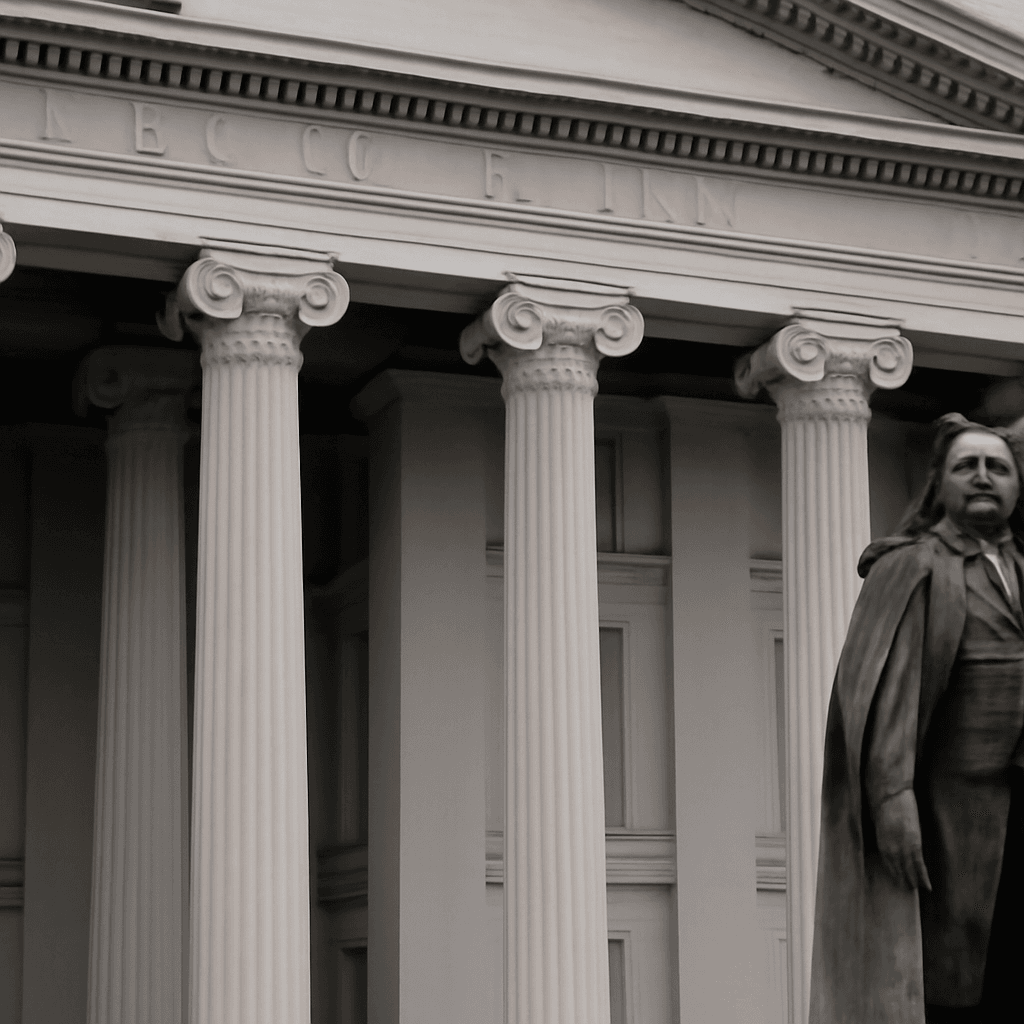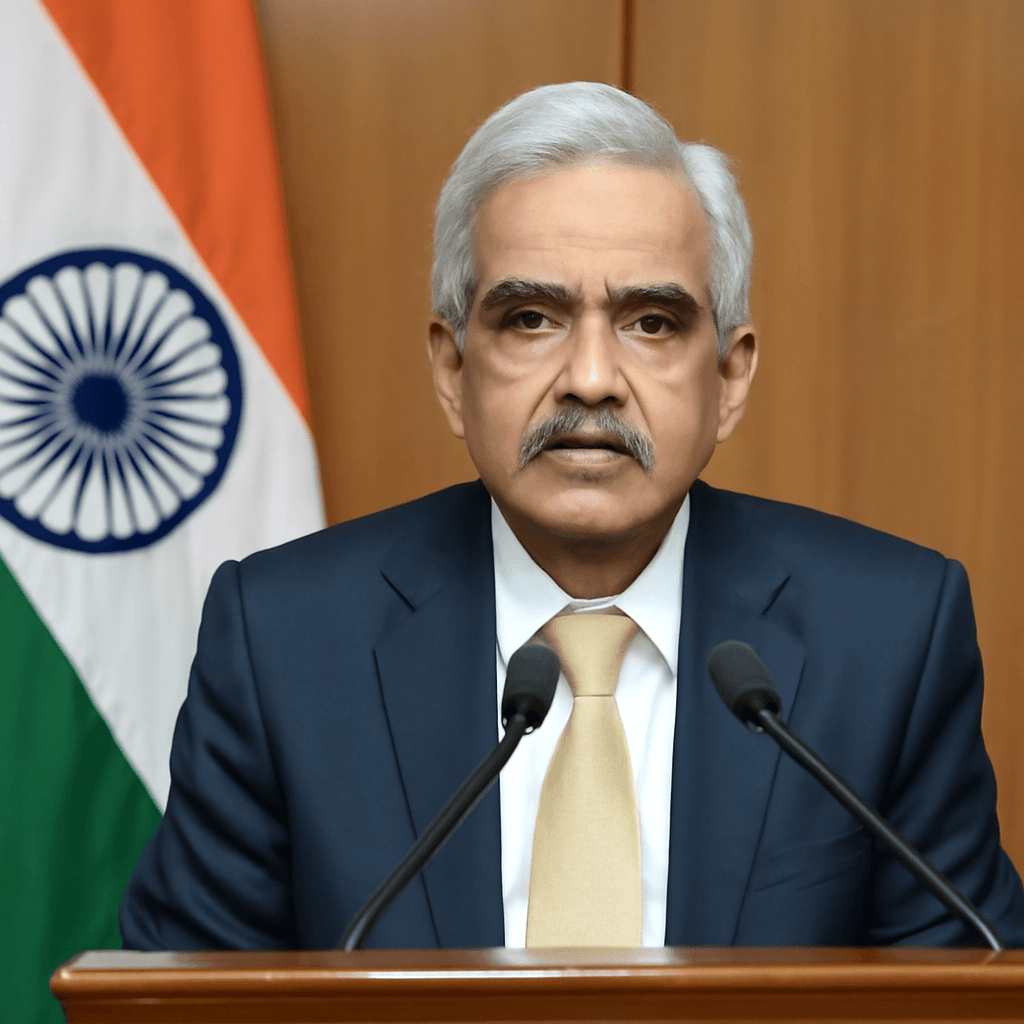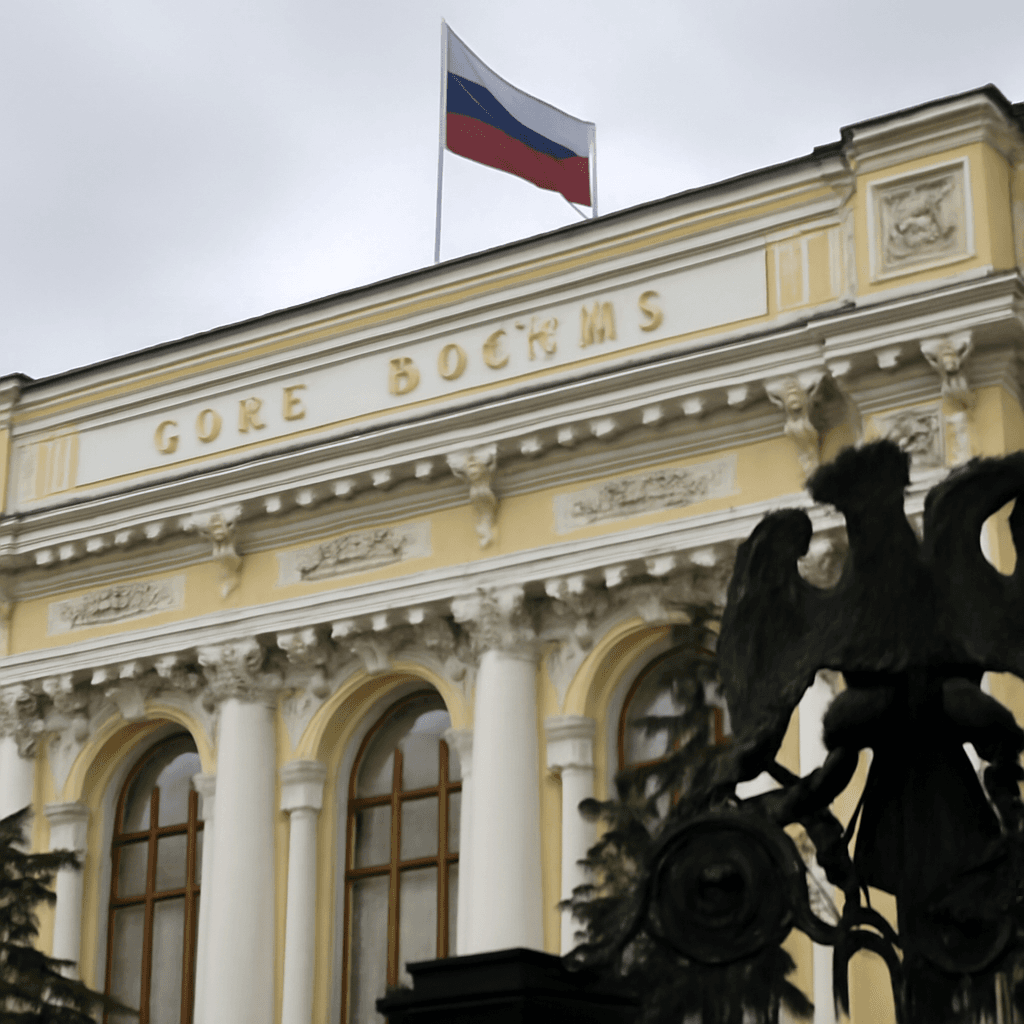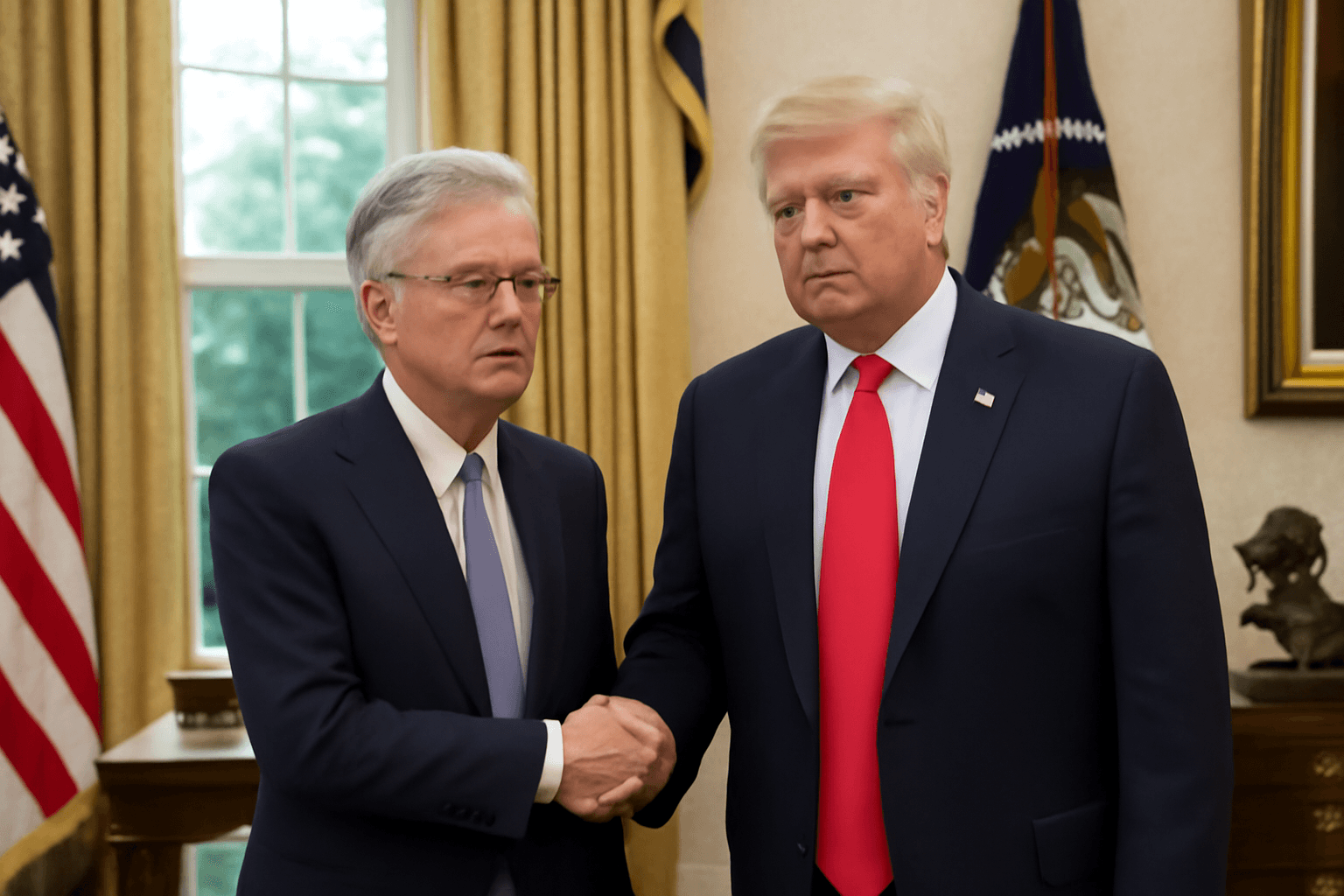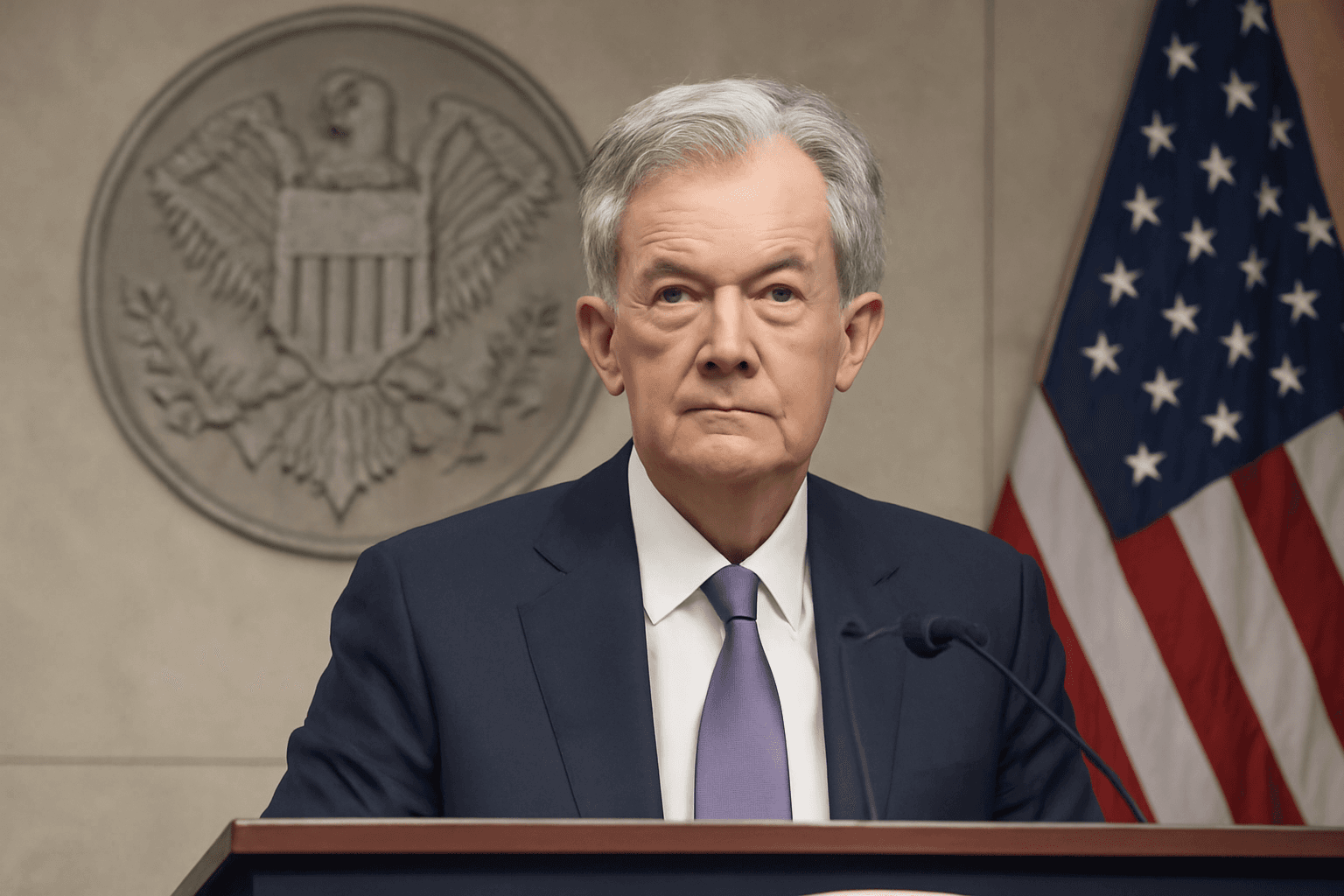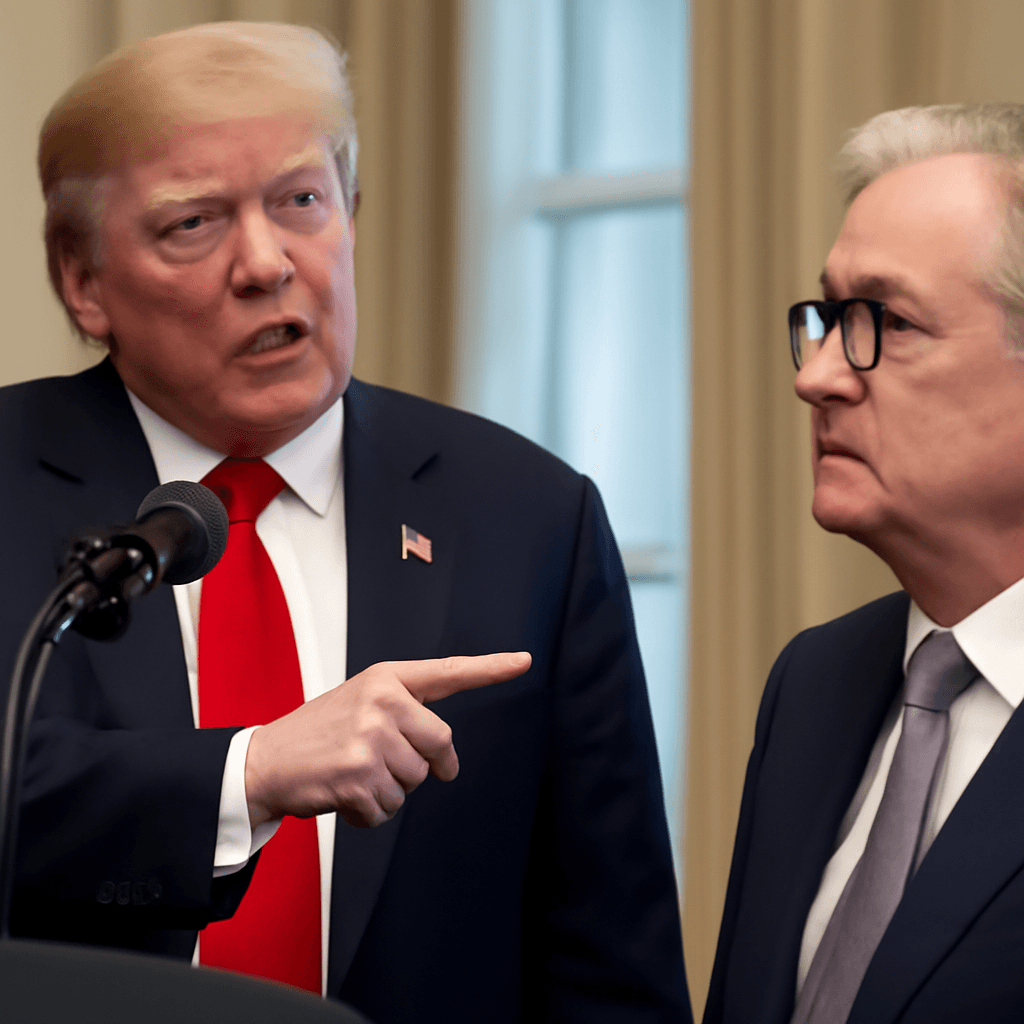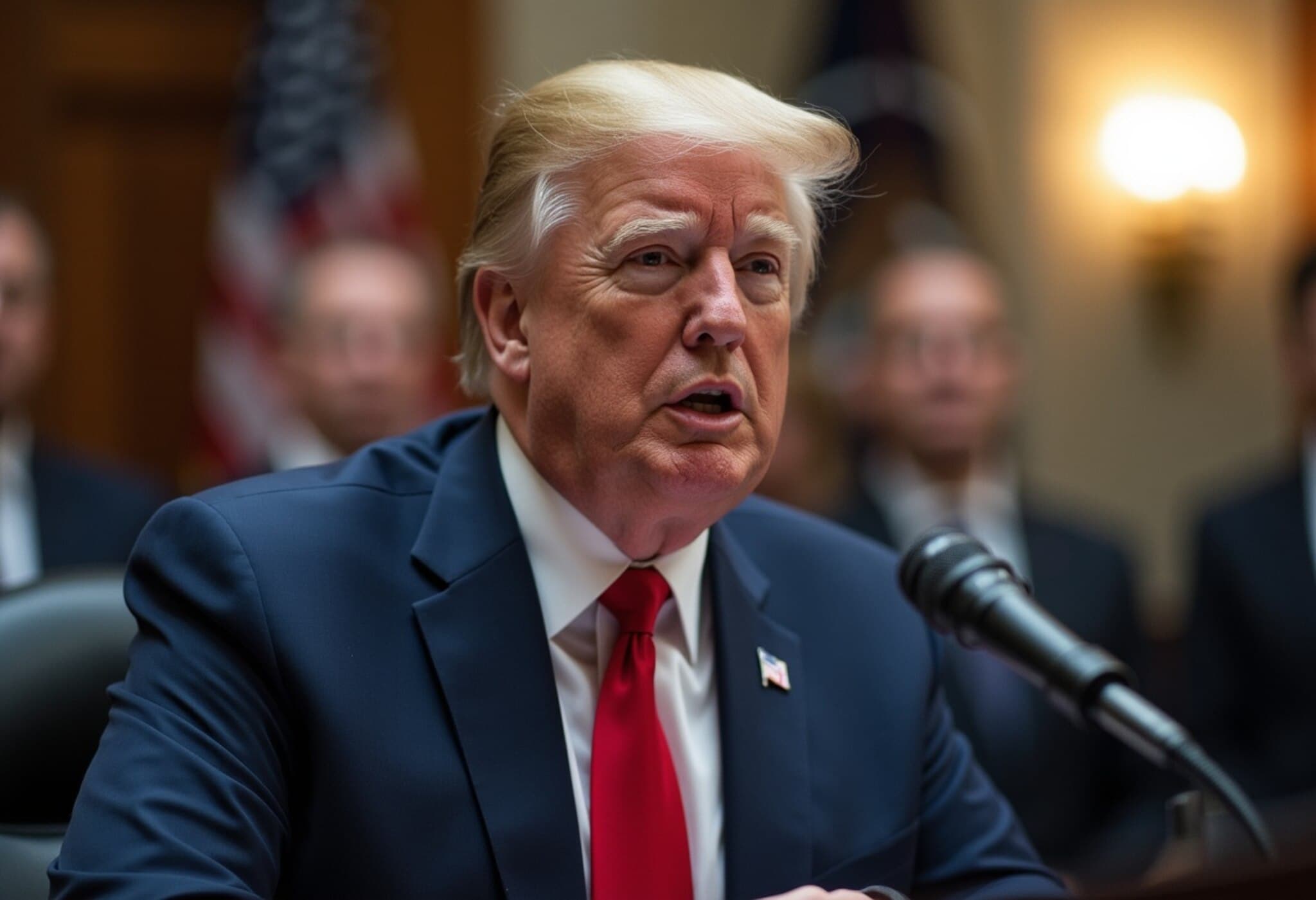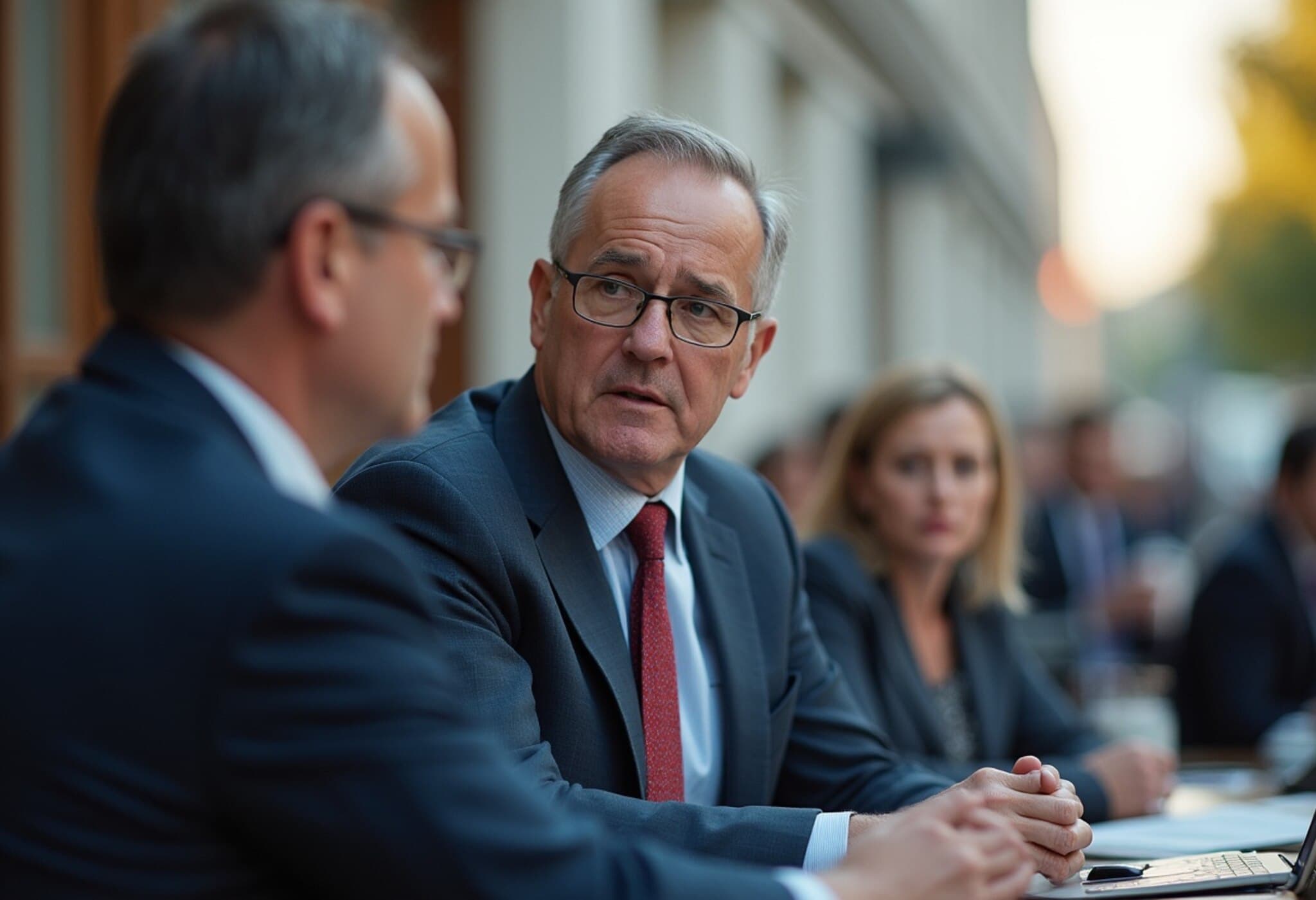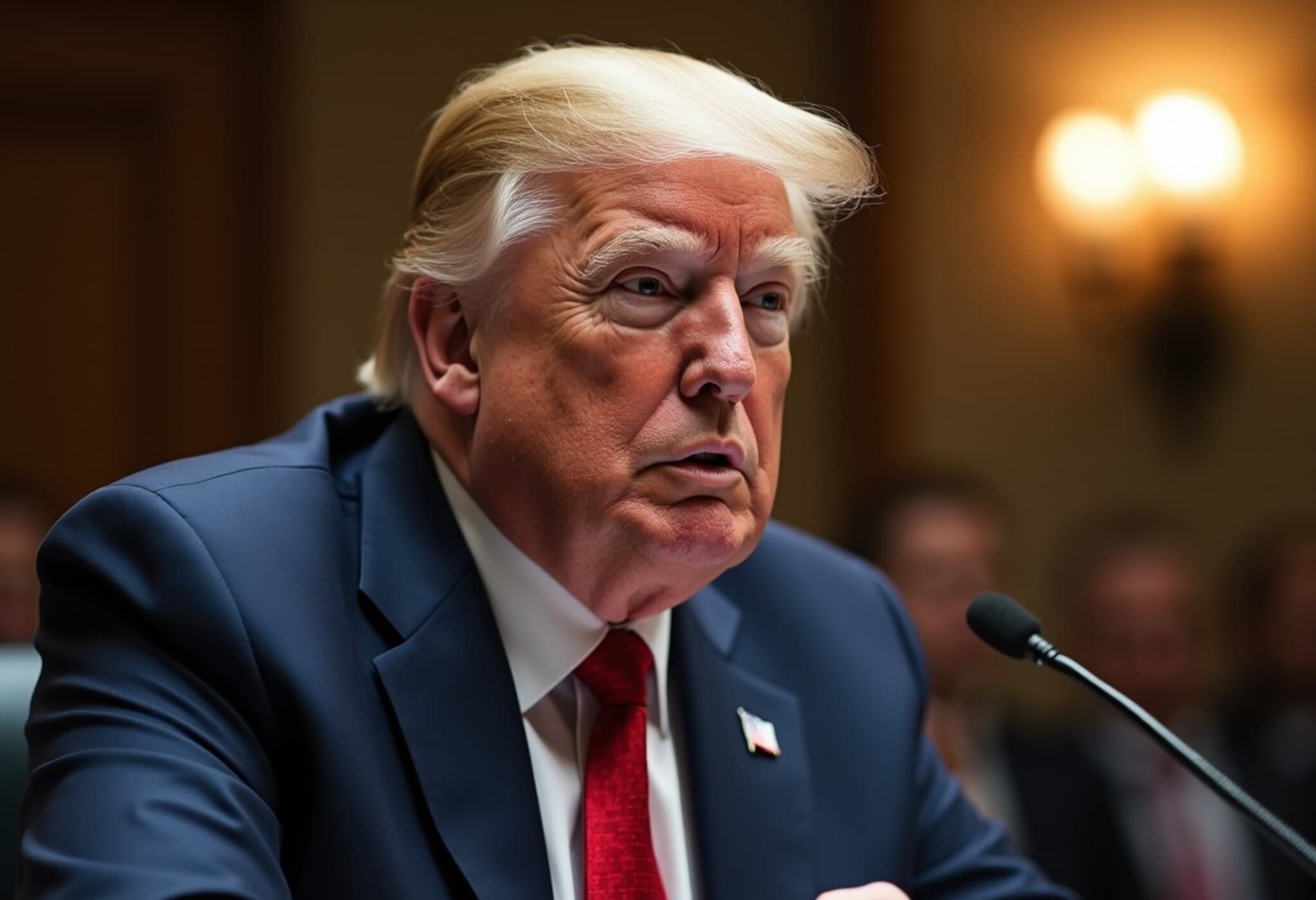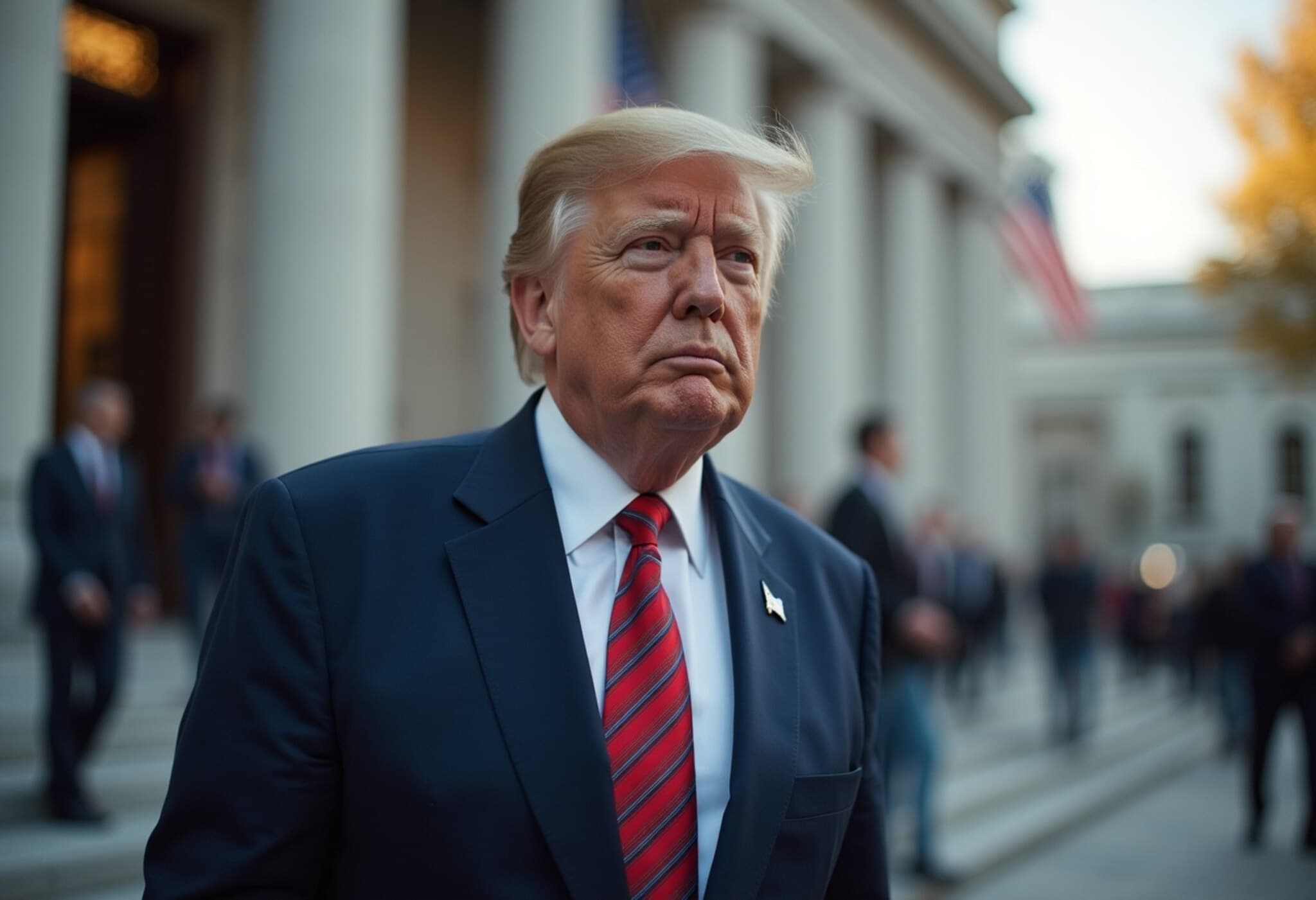The Federal Reserve has indicated that interest rates will remain elevated for an extended period, signaling no imminent rate cuts. This monetary stance affects various consumer finance areas, from car loans to credit cards. Here are three strategic steps individuals can take to navigate and benefit from higher-for-longer interest rates.
Fed's Current Interest Rate Outlook
Since December, the federal funds rate has stayed within a target range of 4.25% to 4.5%. Market expectations suggest that no rate reductions will occur in the immediate future, with a possible cut not anticipated before the September meeting at the earliest. Economic uncertainties and evolving fiscal and trade policies contribute to the cautious approach.
1. Prioritize Paying Down Credit Card Debt
Credit card interest rates are hovering around 20%, maintaining levels near last year’s record highs. With a rate cut unlikely soon, carrying credit card debt is increasingly costly. Transferring balances to 0% interest credit cards or consolidating debt with lower-interest personal loans can substantially reduce interest payments and accelerate debt payoff. Focusing payments on the highest-interest cards first can yield significant savings over time.
2. Lock in Higher Rates with Savings Accounts
High-yield savings accounts and money market funds currently offer rates around 4.5%, well above inflation and historical averages of the past 15 years. Locking in these returns now maximizes earning potential before the Federal Reserve potentially lowers interest rates. Moving funds from traditional checking or savings accounts, which often yield under 0.5%, into these accounts can generate meaningful additional income annually.
3. Enhance Your Credit Score
A strong credit score opens the door to lower interest rates on future loans and better credit access. However, average credit scores have slightly declined recently, driven by increased delinquencies and rising debt burdens. To improve credit health, consistently pay bills on time and maintain low credit utilization ratios. Elevating a credit score from fair to very good can save tens of thousands of dollars over the lifetime of loans, especially through reduced mortgage and auto loan costs.
By adopting these financial measures—reducing costly debt, taking advantage of attractive savings yields, and strengthening credit profiles—consumers can mitigate some of the challenges posed by the Federal Reserve's continued high interest rate environment.





